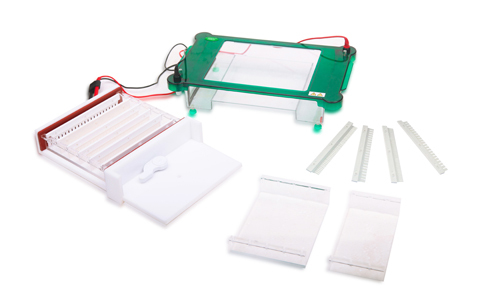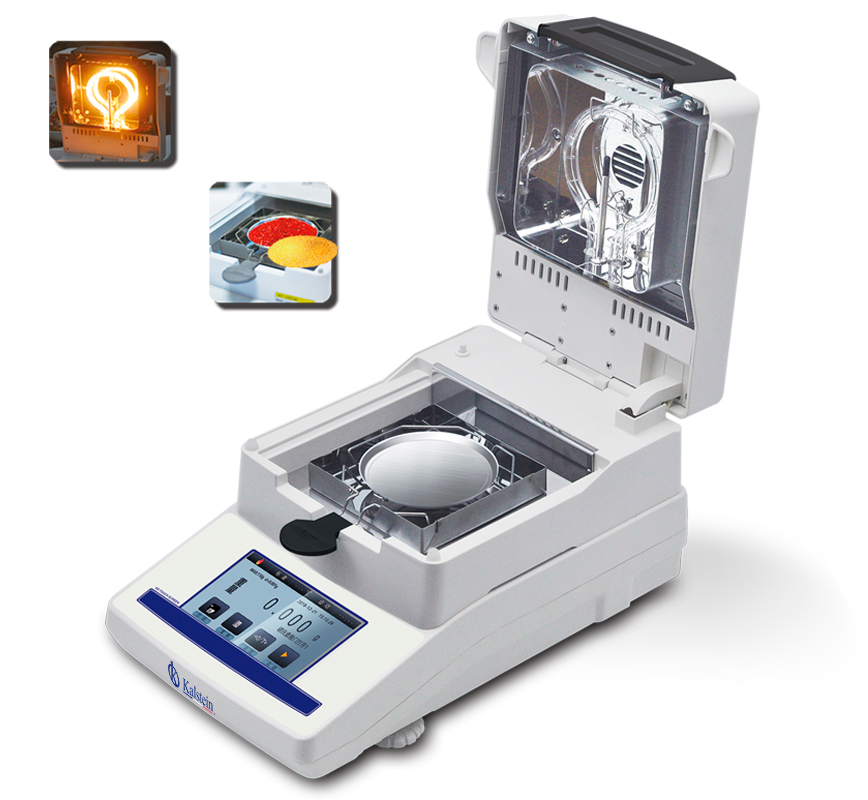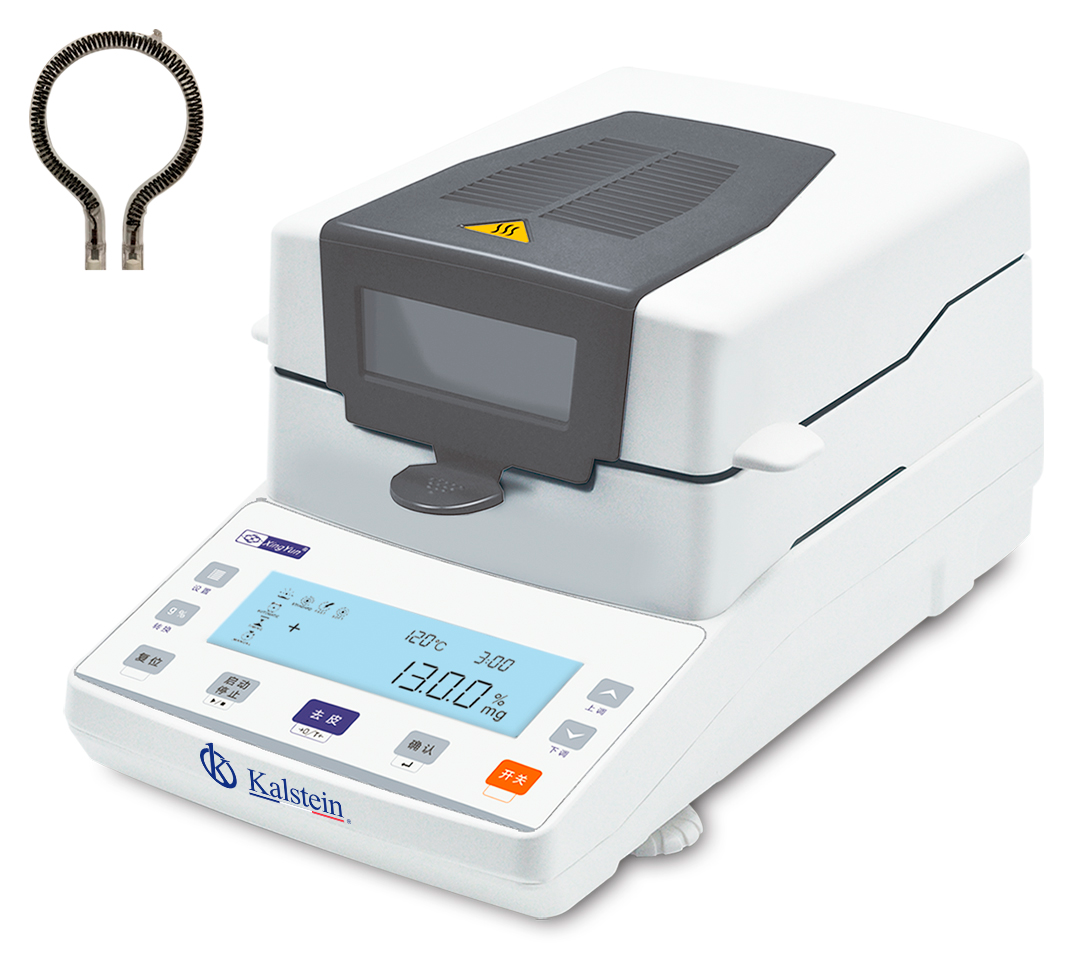Gel electrophoresis is a laboratory technique used in genetics to separate mixtures containing DNA, RNA, and other proteins according to their respective molecular size and charge. Gel electrophoresis can be of two different methods: horizontal gel electrophoresis and vertical gel electrophoresis.
What is the principle of electrophoresis and its relation to molecular weight?
The DNA, RNA, or proteins that must be separated in this method are run through a gel that contains small pores. The molecules are driven through the gel by an electric field. The molecules pass through the pores of the gel, and the speed of movement is inversely proportional to their respective lengths. Therefore, molecules with a lower molecular size will move faster than molecules with a higher molecular weight. The electric field is generated by the difference in charge at two ends of the gel. One end contains a positive charge, and the other end contains a negative charge.
In horizontal gel electrophoresis, the gel is present in a horizontal orientation and is immersed in a continuously operating buffer that is present within the gel box itself. In vertical gel electrophoresis, the buffer system is vertically oriented and discontinuous with two chambers present at the top and bottom with a cathode and an anode, respectively. This is the key difference between horizontal and vertical gel electrophoresis.
Horizontal gel electrophoresis
Horizontal gel electrophoresis uses the basic theory for the separation of DNA, RNA or protein molecules according to their respective molecular size and charge. In this technique, the gel is present in a horizontal orientation and is immersed in a buffer that is continuous. The agarose gel is used to separate the gel box into two compartments.
In horizontal gel electrophoresis, acrylamide cannot be used as the gel box is exposed to oxygen. Due to the presence of oxygen, acrylamide polymerization is inhibited, which interferes with gel formation. Horizontal gel electrophoresis is an effortless method used in the separation of DNA and RNA.
Vertical gel electrophoresis
This technique uses a discontinuous buffer. A cathode is located in the upper chamber, and the anode is located in the lower chamber. The electrodes present in each compartment provide the required electric field. A thin layer of gel is poured between the two mounted glass plates. Therefore, the upper part of the gel is immersed in the upper chamber, and the lower part of the gel is immersed in the lower chamber.
In vertical gel electrophoresis, the buffer only flows through the gel. Acrylamide gel can be used as the compartments are not exposed to atmospheric oxygen. Due to the smaller pore size of the acrylamide gel, precise separation can be achieved with higher resolution.
At Kalstein we are MANUFACTURERS, so you can BUY excellent electrophoresis systems for your laboratory at excellent PRICES. That is why we invite you to take a look at: HERE




